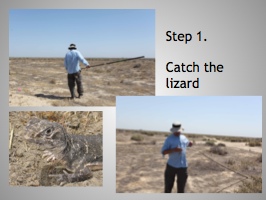The sociology of emotions and the sociology of science arose concurrently (circa 1975-present), but connections between these subfields have been rare. Existing research pleads for greater integration and contextualization. This talk will synthesize and critically assess eight decades of research on emotional aspects of science. Taken together, extant literature indicates that emotions pervade science as a practice, profession and social institution. Emotions support the ability to perceive and observe empirical patterns and relationships, and to make specific types of knowledge claims. They are elemental facets of scientists’ career evaluations and work life, and their influence on the research process informs and consequentially impacts the form and content of scientific knowledge. Collective emotional states and affective relationships are also essential for scientific collaboration and for fomenting large-scale collective action in the form of scientific social movements. Finally, emotions gave original impetus to science as a distinctive social institution, and continue to support it by acting as agents of social control in the scientific community. Overall, research on emotions and science is rapidly emerging as a generative area of research in its own right, and has the potential to significantly advance general sociology.
Dr. John Parker
ASU/NCEAS



